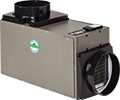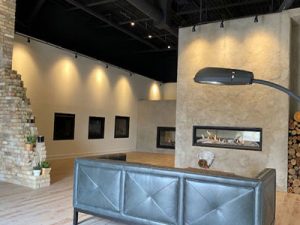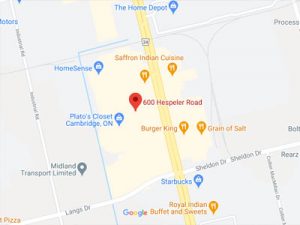Commercials

When you own a business or have taken the role of a property manager, there is no time to worry about HVAC issues. You may have shoppers to consider, employees to manage or important projects on the go and a major HVAC issue could create some costly problems. We offer all commercial HVAC services including Air Conditioner, Heating, Installation, Repair, and Maintenance. Our staff is specialized in commercial Rooftops, Boilers, Duct Working, HRV System, and Gas Piping.
Roof Tops
Rooftops come with some advantageous. They’re quieter inside building, save space, easier to maintain and install.
Once a rooftop AC unit is installed, cool, low-pressure refrigerant arrives at the compressor as a gas and then compresses into a hot, high-pressure gas as it flows into the condenser coil. There, the metal fins on the coil absorb and disperse the heat, and the condenser fan blows the exhaust away from the building. As warm return air travels through the ductwork into the rooftop unit, fresh air enters as well for ventilation. Positioned over the return air duct are air filters to prevent contaminants from landing on the sensitive cooling equipment.
Boilers
Commercial boilers are pressurized systems that provide heating for the building by burning combustible fuel or using electricity to heat up water. Some types of boilers use water that has been turned to steam and some other use hot water. The burners or electric coils inside the boiler generate heat that is transferred to the water by the heat exchanger to create either hot water or steam, depending on the type of boiler. The hot water or steam is circulated via pipes throughout your commercial facility. The water or steam enters radiators or other components that disperse the heat in order to heat up inside building for desired temperature. Commercial boilers mostly use natural gas for heating up water. Some other kinds of boilers use electric resistance coils or burn fuel oil to produce heating from electricity.
Duct Working
Commercial duct working consists of Air Handler, Outlets, Dampers, Plenum, Duct Fittings, Vents, and etc. An air handler is a large metal box consists of a blower fan, heating or cooling elements, filter racks, and dampers. Plenum is the most important part of commercial HVAC ductwork. Plenum is an air distribution box for the central distribution and collection air flow unit of an HVAC system. Dampers are used to regulate air flow. Some has volume control to adjust air flow based on home design. Similar to Dampers, Duct Fittings are used for controlling air flow and equalizing the duct pressure. The Outlets divide airflow in a truck-and-branch ductwork design. Vents are usually installed in the ceiling to disperse warm or cool air into the rooms below.
HRV System
Heat Recovery Ventilation (HRV) system conserves energy by recovering the residual heat in the exhaust gas. It provides fresh air ventilation with or without a ducted forced air system. The air entering HVAC system is pre-heated or pre-cooled. HRV system consists of a core unit, channels for fresh air and exhaust air, a blower fan. It can recover up to 95% of the heat in exhaust air, thus, significantly increasing energy efficiency of buildings.
Gas Piping
Air Control Plus offers Gas Piping services including installation, repair, maintenance, and replacement. Unlike propane or oil, natural gas is never stored on-site. Instead, it’s piped into the building by the municipal gas company. Therefore, commercial buildings need access to natural gas for heating/cooling the buildings. Installing a commercial gas pipeline is a complicated process as the pipe is run from the nearest gas main to the building. The line can be run throughout the building to serve HVAC system by installing proper terminals and meters.





